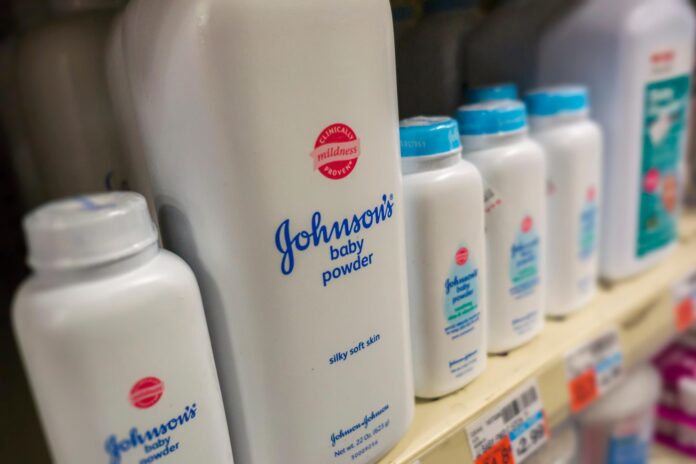In recent years, talcum powder has been at the centre of a legal storm, with a surge in powder-related cases. These cases allege that powder, a common personal care product used by millions, may be linked to serious health risks, particularly ovarian cancer. As individuals seek justice and compensation for their alleged injuries, the talc lawsuit epidemic unfolds, prompting a closer examination of the product and its potential dangers.
Introduction to Talc Lawsuit
The widespread use of talcum powder has led to its reputation as a household staple, renowned for its moisture-absorbing and friction-reducing properties. However, concerns have emerged regarding the safety of powder, specifically its potential connection to ovarian cancer. With thousands of cases filed against these powder manufacturers, the legal landscape surrounding these cases has intensified as individuals strive to seek justice and address their alleged injuries.
The Allegations
At the core of cosmetic powder cases are allegations that these manufacturers failed to adequately warn consumers about the potential health risks associated with long-term use. Plaintiffs argue that they were unaware of the potential link between cosmetic powders and ovarian cancer. Had they been properly informed, they would have made different choices regarding their hygiene routine. These allegations have fueled a wave of litigation against manufacturers, demanding accountability for their alleged negligence.
Scientific Research and Findings
The scientific community has been actively studying the potential connection between talcum powder and ovarian cancer. Although research results have been mixed, some studies suggest that using cosmetic powder in the genital area may increase the risk of developing ovarian cancer. The presence of powder particles in ovarian tumours provides circumstantial evidence supporting this association. However, further research is still needed to establish a definitive causal link.
The Role of the Courts
As the number of cases on powders continues to rise, courts are grappling with the complexities of these cases. Determining causation and establishing liability poses significant challenges. Expert witnesses, including medical professionals and researchers, are crucial in presenting scientific evidence and providing testimony to support the plaintiffs’ claims. Court plays a pivotal role in weighing the evidence, assessing the validity of the allegations, and ultimately delivering justice in these cases.
Impact on Consumers
These powders have had a profound impact on consumers, particularly those who have been diagnosed with ovarian cancer or other related health conditions. For many, the cases offer an opportunity to seek justice, hold manufacturers accountable, and receive compensation for medical expenses, pain and suffering, and other damages. The litigation process can also serve as a platform to raise awareness about the potential risks of talcum powder use and prompt changes in the industry.
The Industry Response
Talcum powder manufacturers have vigorously defended their products, asserting that they are safe and that any alleged risks are unfounded. These companies maintain that talcum powder has been extensively tested and regulated, with no conclusive evidence linking it to ovarian cancer. However, some manufacturers have faced significant legal consequences, with large verdicts and settlements awarded to plaintiffs in talcum powder cases.
Consumer Awareness and Alternatives
This situation has prompted consumers to reassess their personal care choices. Many individuals have sought alternatives to talcum powder, exploring natural and talc-free products. Consumer education and awareness campaigns have also emerged, emphasizing the importance of making informed decisions and understanding potential risks associated with personal care products.
The Path Forward
The quest for justice and accountability persists as talc lawsuits continue to be prosecuted. The legal system plays a crucial role in providing a platform for individuals to seek remedies for their alleged injuries. Ongoing scientific research and regulatory scrutiny will contribute to a better understanding of the potential risks associated with talcum powder.
Conclusion
The talc lawsuit spread represents a determined effort by individuals seeking justice and accountability for the alleged health risks associated with talcum powder. Through their legal actions, plaintiffs aim to hold manufacturers responsible for their alleged negligence and failure to provide adequate warnings. The scientific research and findings surrounding the potential link between talcum powder and ovarian cancer continue to evolve, highlighting the need for further investigation.
As courts navigate the complexities of these cases, they play a crucial role in assessing the evidence and delivering justice. The impact of the talcum powder epidemic extends beyond the courtroom, as it raises awareness among consumers about the importance of informed decision-making regarding personal care products. With ongoing research and heightened consumer awareness, the path forward involves continued vigilance, scrutiny, and a commitment to prioritizing consumer safety. Tort Advisor offers the best commitments that prioritize the safety of the consumer.










































